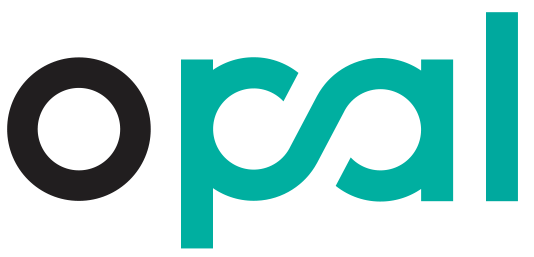
Cash flow management is a key focus for many small to medium enterprises (SMEs) because it can affect the development and growth of the business greatly. In this article, we will explore the common financial pain points that SMEs face and the impact they have on the business.
Pain Point 1: Late Incoming Payments
The issue of late payments from clients or partners is a disruptive factor industry-wide, but it can be especially harmful to the growth of SMEs. According to survey findings by Xero, late payments to SMEs in Singapore amounted to S$4.15billion in 2018 with S$2.67billion eventually left unpaid. Late payments impede the cash flow of SMEs and affect their day-to-day operations. A lack of liquid capital also points to diminished investment potential where SMEs might miss out on innovation and growth opportunities, effectively stalling their progress. With 90% of SME business closures attributable to late payments, it is certainly a huge pain point for SME business owners to consider.
Owners who are looking to smoothen their cash flows can consider invoice financing where their outstanding invoices will be converted into cash as and when they need. This unlocks the values of invoices and ensures that owners can continue to meet cash outflow demand and support the operations of the business. Opal’s invoice financing, for instance, supports financing of up to 80% of the invoice value.
Pain Point 2: Unfavorable Conversion & Remittance Rates
The cost of international payments and remittance services is greatly inflated with the markups included in the exchange rates provided by banks and remittance. SMEs in Singapore overspend by up to S$56,000 a year on cross-border payments, with foreign exchange (FX) rate accounting for 90% of such premiums. For SME business owners who have a considerable number of international clients, the hidden charges and unfavorable exchange rates can pile up. And yet, only 4 out of 5 owners are aware of these costs incurred.
Business owners can consider opening multi-currency accounts with firms that offer more competitive exchange rates to save costs. For example, Opal’s multi-currency account allows users to hold and pay money in their choice of currencies which removes any unnecessary costs from unfavorable exchange rates. Additionally, if users do a remittance in Opal’s account, they are charged with a rate that is up to 40% cheaper than banks. All fees in Opal products are transparent, ensuring that users know how much they are being charged.
Pain Point 3: Missing out on Better Deals
SME business owners are often met with standardized offers for their loan terms and miss out on opportunities to secure better loan terms. As an SME with growing business operations, its business transaction data like outgoing and incoming payments can be better reflected on a unified Opal account. The transaction data recorded gives Opal a fairer understanding of the SME business, and will be taken into consideration when the owner applies for a loan from Opal. If the records highlight that the business regularly repays its debts on time, Opal will register that the SME has a high credibility rating. This points to a higher likelihood of the business obtaining the loan from Opal at more competitive terms such as lower interest rates and friendlier repayment schedules.
Managing and maintaining sufficient cash flow is one of the most common areas of stress of SME owners. The good news is this can be easily avoided by introducing a few basic cashflow management techniques or choosing better services and products to complement the business.

